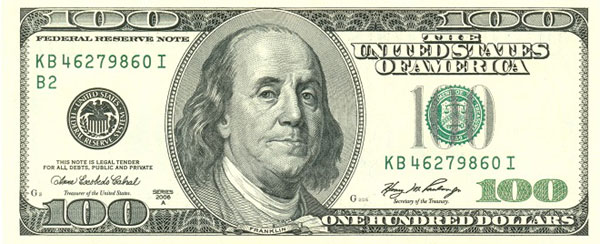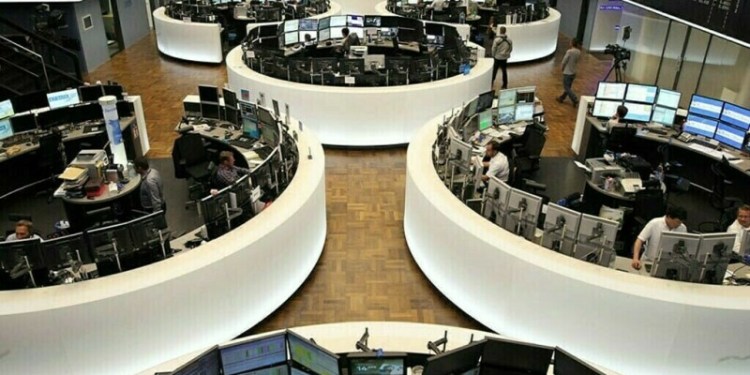Monday, 12 October 2015 16:42
 LONDON: The dollar hovered near a three-week low versus a basket of major currencies on Monday, anchored by doubts over the potential for a rise in US interest rates this year that have plagued it since August.
LONDON: The dollar hovered near a three-week low versus a basket of major currencies on Monday, anchored by doubts over the potential for a rise in US interest rates this year that have plagued it since August.
Federal Reserve vice-chair Stanley Fischer was the latest to sound mixed on the chances of a hike by December that markets had viewed as a certainty until a rise in worries over China and developed economies’ ability to stand a rise in dollar rates.
The retreat in Fed rhetoric has helped drive the US currency almost 10 cents lower against the euro from this year’s highs. But ironically its woes in the past week have as much to do with a recovery for the same emerging markets at the root of the Fed’s concerns, as well as commodity price-linked currencies like the Australian and New Zealand dollars.
“The MSCI Emerging Markets Index had a nearly 8 percent rally last week — so the near-term outlook for select emerging markets and the G10 currencies which are most positively correlated with risk appetite looks okay,” said Stephen Gallo, a strategist with Canadian bank BMO in London.
“We could get some further weakness in the dollar versus the euro and yen but those two are mainly along for the ride. Most of the weakness will be concentrated on emerging currencies.”
The dollar index was down less than 0.1 percent on the day at 94.77, still close to Friday’s low of 94.692, its weakest level since Sept. 18.
The dollar edged down against the yen to 120.11 yen and was 0.1 percent lower against the euro at $ 1.1370, just off Friday’s three-week high of $ 1.13875, having beaten back a push towards $ 1.14.
President Mario Draghi also underlined markets’ belief that the European Central Bank is concerned about the strength of the euro exchange rate by saying on Friday it was ready to adjust the size, composition and duration of its current trillion euro asset-purchase stimulus programme.
That took some steam out of the euro’s rally but big banks are now split over its prospects.
HSBC expects a rise to $ 1.18, JP Morgan and Morgan Stanley see it roughly steady for months to come, yet Barclays, Deutsche Bank and Goldman Sachs all forecast a slide past parity with the dollar next year.
Some analysts expressed surprise over the intensity of the past week’s rally in commodity-linked currencies.
“I personally thought it would have stopped by now,” said Teppei Ino, an analyst for Bank of Tokyo-Mitsubishi UFJ.
“This might end up lasting until various products recover to their Aug. 11 levels, and if that is the case, the Aussie could for example could rise to around 74 US cents,” Ino said.
The Australian dollar gained another 0.4 percent to a seven-week high of $ 0.7369. It gained 4 percent last week, its biggest weekly gain since late 2011.
John Fishleigh, head of research for corporate currency provider AFEX, said in daily advice for clients that the trend against the dollar still looked like a correction to its broader rally over the past year, but might have some way to run.
“Longer term evidence is still US Dollar supportive (but) a major reversal in fortunes is not expected until sometime into 2016,” he said.



























